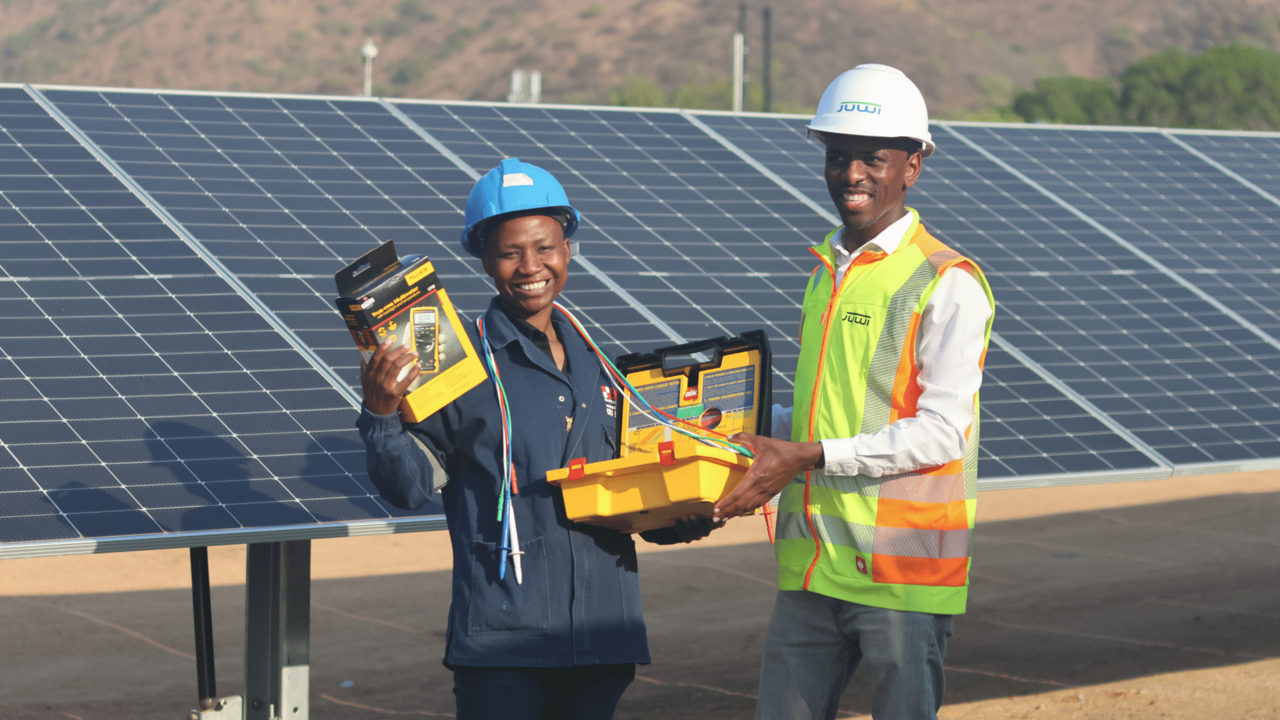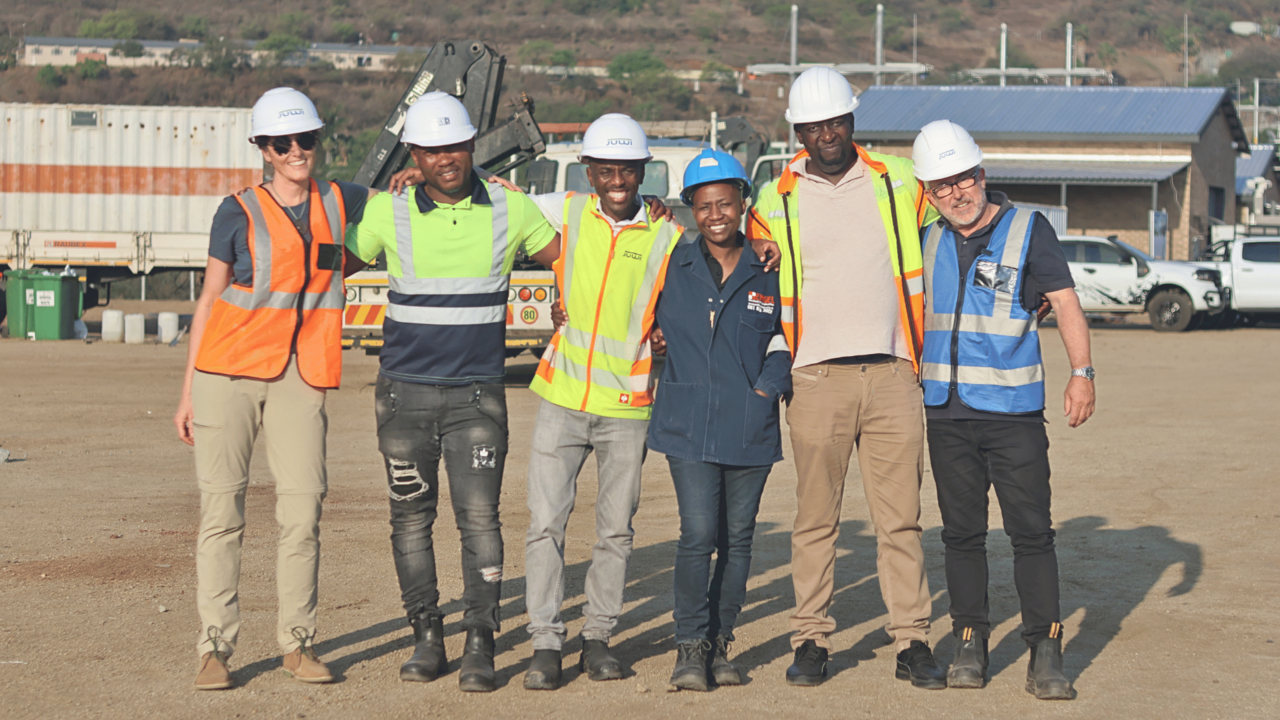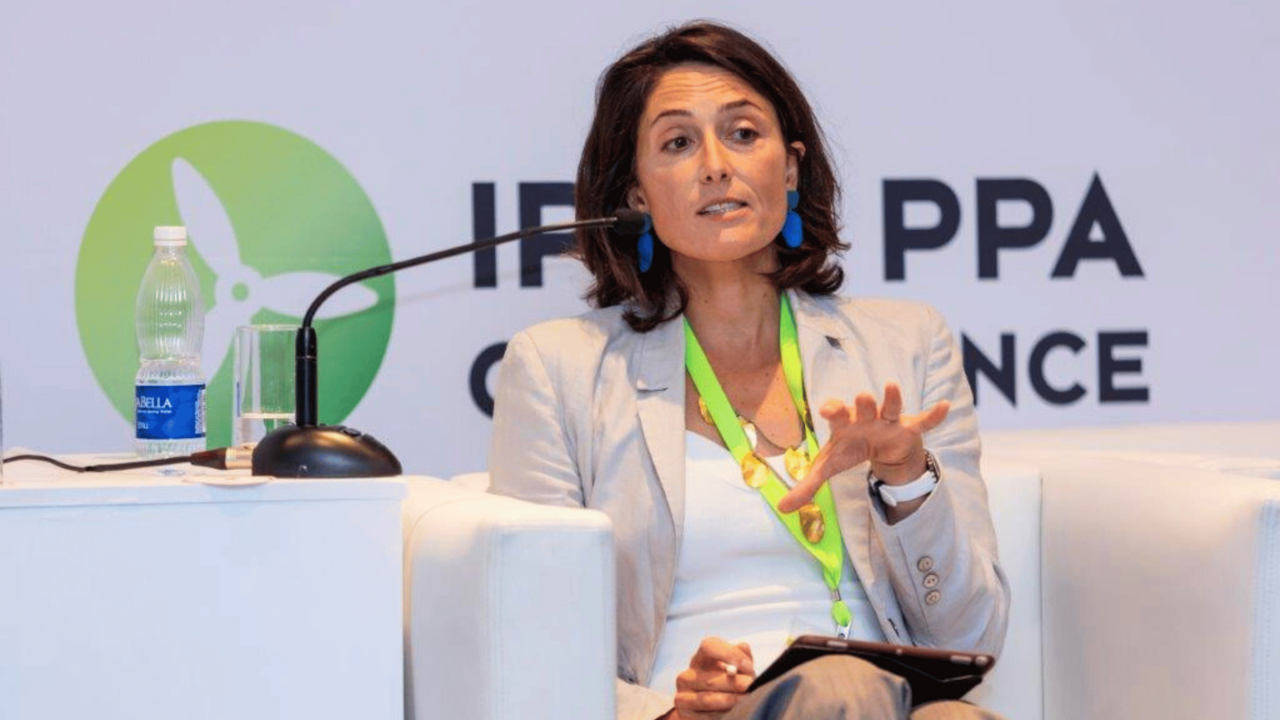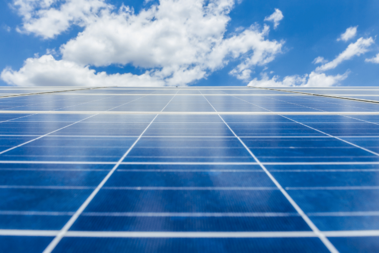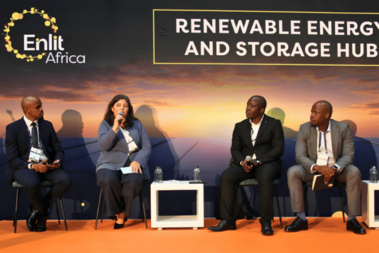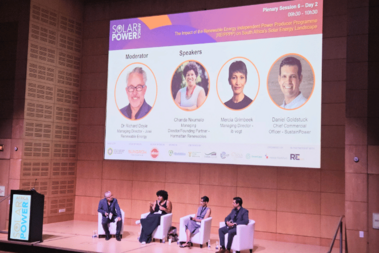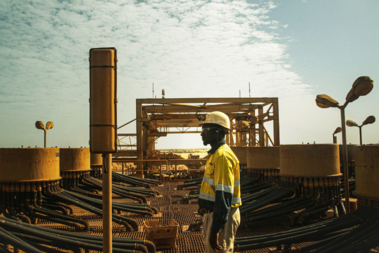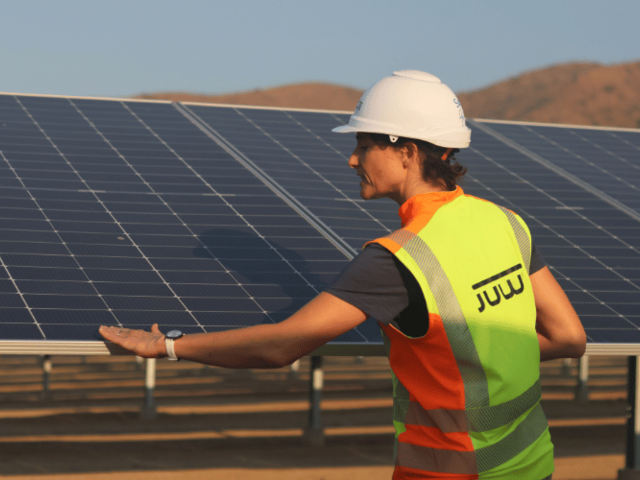
Protest to progress: Women leading South Africa’s energy future
Every year on 9 August, South Africans celebrate Women’s Day, a tribute to the 20,000 women who marched to the Union Buildings in 1956 in one of the most iconic acts of resistance in our country’s history. The march was a protest against the pass laws, but it was also a demand for dignity, equality and recognition in a country that denied women their most basic rights. The women’s message reverberated across the world that day: women belong at the centre of our democracy, not on its margins.
At the time, black women were denied the vote, the freedom of movement, and access to most forms of formal employment. White women had the right to vote since the 1930s, but their social and professional opportunities were also limited. Across all races, women were largely excluded from technical sectors like energy, construction and manufacturing. If they worked in these spaces at all, it was likely behind a typewriter, not a control panel.
According to Statistics South Africa, in the 1970s, women made up just 4.3% of the workforce in utilities, 21% in manufacturing, and 2.5% in construction. By 2023, those numbers had improved, with women representing 26.2% of the utilities workforce, 32.9% in manufacturing and 11% in construction, but these fields remained heavily male-dominated and these numbers seems to have stagnated from the 2000s.
Globally, the picture looks much the same. In 1960, women made up only 1% of engineers worldwide. By 2000, that figure had grown to around 11%. While enrolment in STEM fields has increased, with African universities now producing more women graduates (47%) in STEM than many parts of the world, South Africa still sees significant drop-offs between study and practice. A 2022 report by the Engineering Council of South Africa (ECSA) showed that although more than half of SET (science, engineering, and technology) degrees are awarded to women, only 6% of professional engineers in South Africa are women.
This is not about men and women competing for the same roles. Engineering, specifically electrical engineering, has been listed as a scarce skill in South Africa for many years. The country simply needs more engineers, full stop. Unlocking this workforce gap means actively supporting women to move from qualification to registration and retention, and creating an environment where they can thrive.
The opportunity
The clean energy sector gives us a golden (and urgent) opportunity to change this trend. According to the International Renewable Energy Agency (IRENA), the energy transition could create over 19 million new jobs globally by 2050. But without intentional action, these jobs will not automatically go to women.
Currently, women hold just 32% of jobs in the global renewable energy sector and far fewer +in leadership and technical roles. In SA, female-headed households are disproportionately affected by energy poverty. Expanding women’s participation in energy will close equity gaps, and can improve access, resilience and development outcomes.
The industry offers a powerful platform for women to launch their own businesses and uplift others along the way. One inspiring example is Angel Nkosi, founder of Engel Electrical and Construction who recently reflected on her journey in this interview.

I started my company with the intention of empowering other women to pursue electrical installation. This isn’t just a space for men, but for every gender.
Why women matter in the energy transition
According to the Global Energy Alliance for People and Planet, there are three powerful reasons why women must be part of the clean energy transition.
First, there’s a moral imperative. Women should benefit equally from the economic opportunities the sector creates, from rooftop solar installers to executive leadership. Equity cannot be an afterthought.
Second, there’s a business case. Diverse teams are proven to be more innovative, more productive and more profitable. Gender-balanced organisations are better at problem solving, decision-making and building resilient partnerships, all critical in a sector as complex as energy.
Third, there’s an economic imperative. Africa needs all its talent at the table. Countries cannot afford to exclude half the population from the workforce, especially not in a sector central to development, investment and climate resilience.
As Nicola Cencelli, JUWI’s Head of Business Development explains:
“Women play a pivotal role in the energy migration from fossil-fueled to renewable. Especially in South Africa, where we have a dual energy and employment crisis. One needs innovative thinking to be able to solve South Africa’s unique problem. Innovation does not materialize out of one pot of people who think the same way, and does things the way they’ve always been done. Women change the culture and bring a different perspective to solving the energy crisis – one which is inclusive and just.”
What can be done
At JUWI, team members shared how mentorship, inclusive leadership and supportive teams helped them grow. Junior Engineer Omolemo Maribe shared,

I’ve been given space to grow, and to bring in new ideas. That kind of trust makes a difference, especially in a sector where women are still finding their voice.
Stories like Omolemo's show what’s possible when companies create space for women to thrive in technical roles. Her path into renewable energy highlights the importance of support, opportunity and visibility for young women entering the sector. Her journey, and others like it, reflect a growing understanding in the industry: inclusion doesn’t happen by chance. It must be embedded in how we recruit, train, lead and work together.
Looking ahead
As we look ahead to the future, Justine Wyngaardt, JUWI’s Head of Project Development, reflects on the opportunity South Africa has to shape its own path in the energy transition:
“South Africa’s energy transition gives us a chance to build something that truly reflects who we are and what we value. The women who gathered at the Union Buildings in 1956 called for a future built on dignity, recognition and equality. That spirit still matters today.
Across the country, women are leading energy projects, solving complex challenges and helping shape the future of the sector. Their work may not always be visible, but it is driving meaningful, long-term change.
We don’t need to copy models from elsewhere. We can build an energy transition grounded in our own context, history and strengths, guided by the leadership, determination and vision of South African women.”
Article Sources:
Statistics South Africa, Engineering Council of South Africa (ECSA), International Renewable Energy Agency (IRENA), World Bank, South African History Online, All Together/Society of Women Engineers (SWE), Times Higher Education & UNESCO, Global Energy Alliance for People and Planet (GEAPP), Girls and Women in STEM: A Never Ending Story by Janice Koch.



